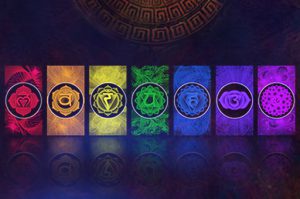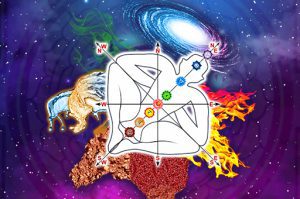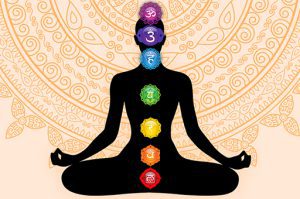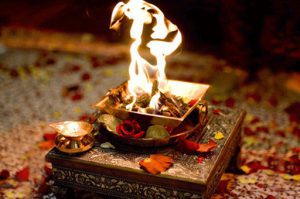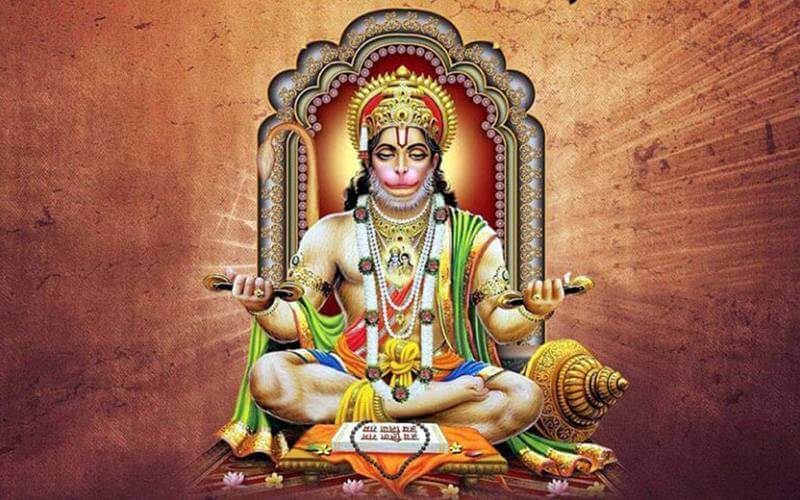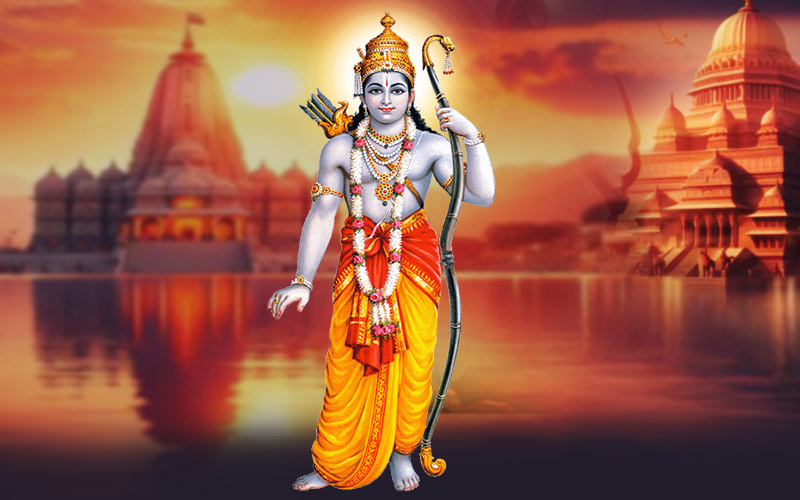
Surya Dev holds special significance in the Vedic scriptures. The brightly shining Sun signifies the power of the Universal Consciousness. Our Vedas declare the Surya to be the creator of the material universe. Being the Soul of all, He is the provider of intellectual wisdom, vision, discrimination, self-realisation, light and life to the world. This makes the Sun is the king of the sky, the Light Giver and generator of the Universe. The year is the wheel of the Sun’s chariot and the twelve spokes of the wheel are the twelve months.
Traditionally, Sun has always been held in high esteem by various sects of the human race; kings, priests, astrologers, mystics and people in general. He is called Helios by the Greeks and Ra by the Egyptians. Whenever the evil forces rose, the warriors like the Aryans worshipped Sun god for His blessings of protection. Lord Rama was one of the descendants of Sun. In the Ramayana, Sun is the father of King Sugriva who offered assistance to Lord Rama for slaying the demonic Ravana.
Sun is one of the Nava Grahas (nine planets) in Vedic astrology representing the soul, will-power, eminence, the eyes, vivacity, bravery, leadership, vicar, persons of high calibre and authority. Surya is associated with copper, gold or brass, gemstone ruby and wheat. He represents our soul, His heat represents our vital energy (forces) and His seven horses represent the Seven Chakras of our body. When all of your chakras are charged up, you naturally tend to live positively. The Surya Yantra is one of the sacred objects one can use to draw solar energies that are obtained though worship or Surya Namaskar.
Worship of Sun
“Surya Atma Jagatastasthushashcha” says Rig Veda, meaning ‘Surya (Sun god) is the Soul of all living beings, moving and non-moving’. In India, the Sun god is believed to be an incarnation of Lord Vishnu. Surya Narayana is worshipped at temples in Andhra Pradesh and at the Konark Sun temple in Odisha. Festivals such as the Makar Sankranti are celebrated to thank the Sun for a good harvest and the first grain is offered to him. Chhath is another important Hindu festival for worshipping Surya Devta. The practice was initiated by Karna, son of Surya, who worshipped the Sun ritually and gained supreme powers, growing resplendent like him.
Yet another festival dedicated to the Sun is the Samba Dasami. It is named after Samba, the son of Lord Krishna, who was cured of leprosy after praying to Surya. The festival of Ratha Saptami is also observed as Surya Jayanti because it celebrates the power of Sun God, an incarnation of Lord Vishnu. On this day, Lord Vishnu is worshipped as Surya. The practice of Sun worship was also followed by Draupadi, a staunch devotee of Surya Dev. Her devotion had earned her the power to cure the deadliest of diseases.
Worshiping the Sun god daily by offering simple obeisance or performing Surya Namaskar (yogic postures) is essential.
Spiritual Significance of Surya Arghyam
According to the Garuda Purana, thirty crore demons called Mandehas are orbiting the path of the Sun, trying to swallow it at dawn and dusk. Water offered to the sun with folded hands (arghyam) during the Sandhya upasana is transformed into a thunderbolt that destroys these demons, banishing them to the island of Aruna. The Garuda Purana warns that one who does not attend to this sandhya rite, kills the sun.


